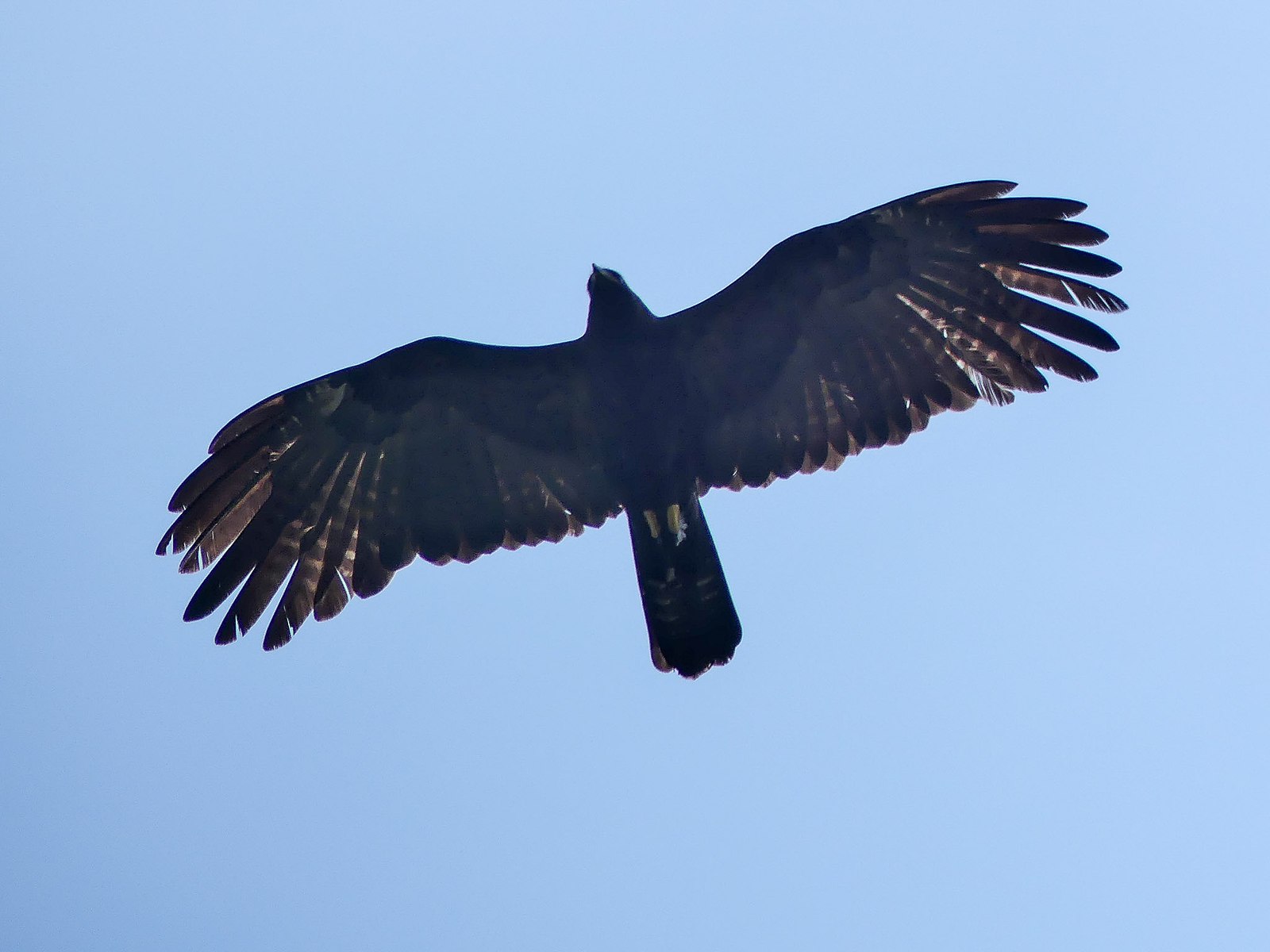Black eagles are not currently listed as endangered, but they are considered vulnerable due to several factors, including habitat loss, fragmentation, and human activities. This blog post will explore the reasons why black eagles are facing threats to their survival.
Habitat Loss and Fragmentation
One of the primary reasons why black eagles are vulnerable is the loss and fragmentation of their natural habitat. Black eagles require large tracts of forested areas for hunting and nesting, and the conversion of these areas for agriculture, infrastructure development, and other human activities has led to a decline in the availability of suitable habitats.
In the Western Cape of South Africa, for example, at least 50% of the land in the Sandveld has been converted for agriculture, which has led to a decline in the availability of prey species like the rock hyrax. This decline in prey availability is thought to be the major driver behind losses of the Verreaux’s eagle from former breeding grounds.
Infrastructure Development
 Image source: Black Eagle by Mike Prince
Image source: Black Eagle by Mike Prince
In addition to habitat loss, black eagles are also threatened by human activities such as infrastructure development. In Gauteng, South Africa, the construction of a water reservoir near the nesting site of a breeding pair of black eagles has placed their nesting site at risk. Despite objections from the South African National Biodiversity Institute, the construction was approved, highlighting the challenges of balancing development needs with conservation efforts.
Climate Change
Climate change is another potential threat to black eagles, as changes in temperature and precipitation patterns can affect the availability of prey species and the suitability of nesting sites. However, more research is needed to fully understand the impact of climate change on black eagle populations.
Population Status
According to the IUCN Red List, the total population size of the black eagle is around 10,000 individuals, with less than 100 breeding pairs in China and around 100-10,000 breeding pairs in Taiwan. The species is currently classified as Least Concern (LC) on the IUCN Red List, but its numbers are decreasing.
| Region | Breeding Pairs |
|---|---|
| China | Less than 100 |
| Taiwan | 100-10,000 |
Conservation Efforts
To address the threats facing black eagles, conservation efforts should focus on the following:
- Protecting and restoring their habitat
- Raising awareness about the importance of this apex predator in maintaining ecosystem health
- Promoting sustainable development practices that minimize the impact on black eagle populations
By implementing these conservation strategies, we can help ensure the long-term survival of the black eagle and maintain the ecological balance of the ecosystems they inhabit.
Conclusion
In conclusion, black eagles are facing a range of threats to their survival, including habitat loss, fragmentation, infrastructure development, and climate change. While the species is currently classified as Least Concern on the IUCN Red List, its numbers are decreasing, and conservation efforts are crucial to ensuring the long-term viability of this important apex predator.
References:
– Save the Black Eagles !!! – Environment South Africa. (n.d.). Retrieved April 21, 2024, from https://www.environment.co.za/environmental-issues-news/save-the-black-eagles.html
– Black Eagle Project – The Cape Leopard Trust. (n.d.). Retrieved April 21, 2024, from https://capeleopard.org.za/research/associate/black-eagle
– Black Eagle – Facts, Diet, Habitat & Pictures on Animalia.bio. (n.d.). Retrieved April 21, 2024, from https://animalia.bio/black-eagle

